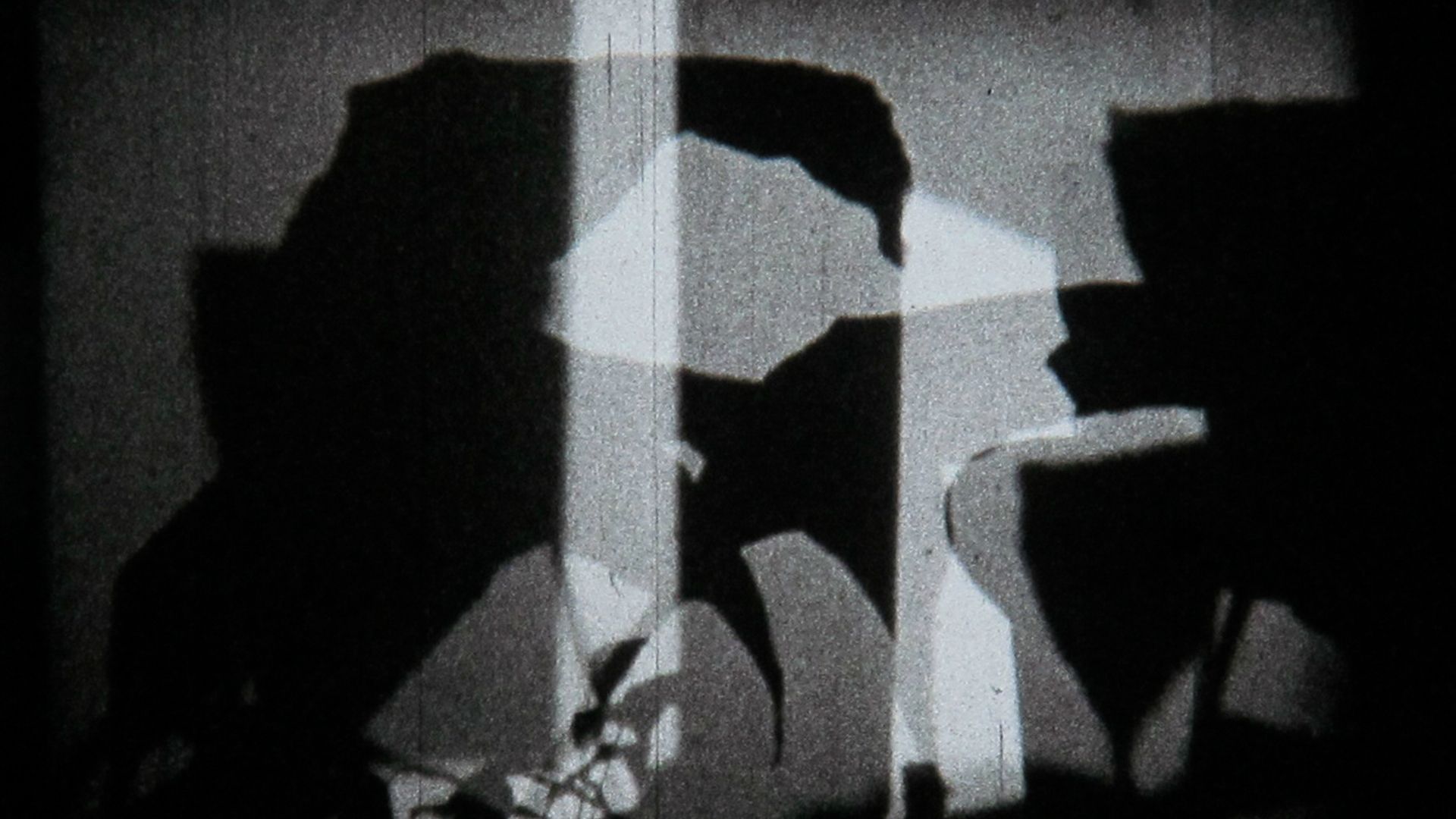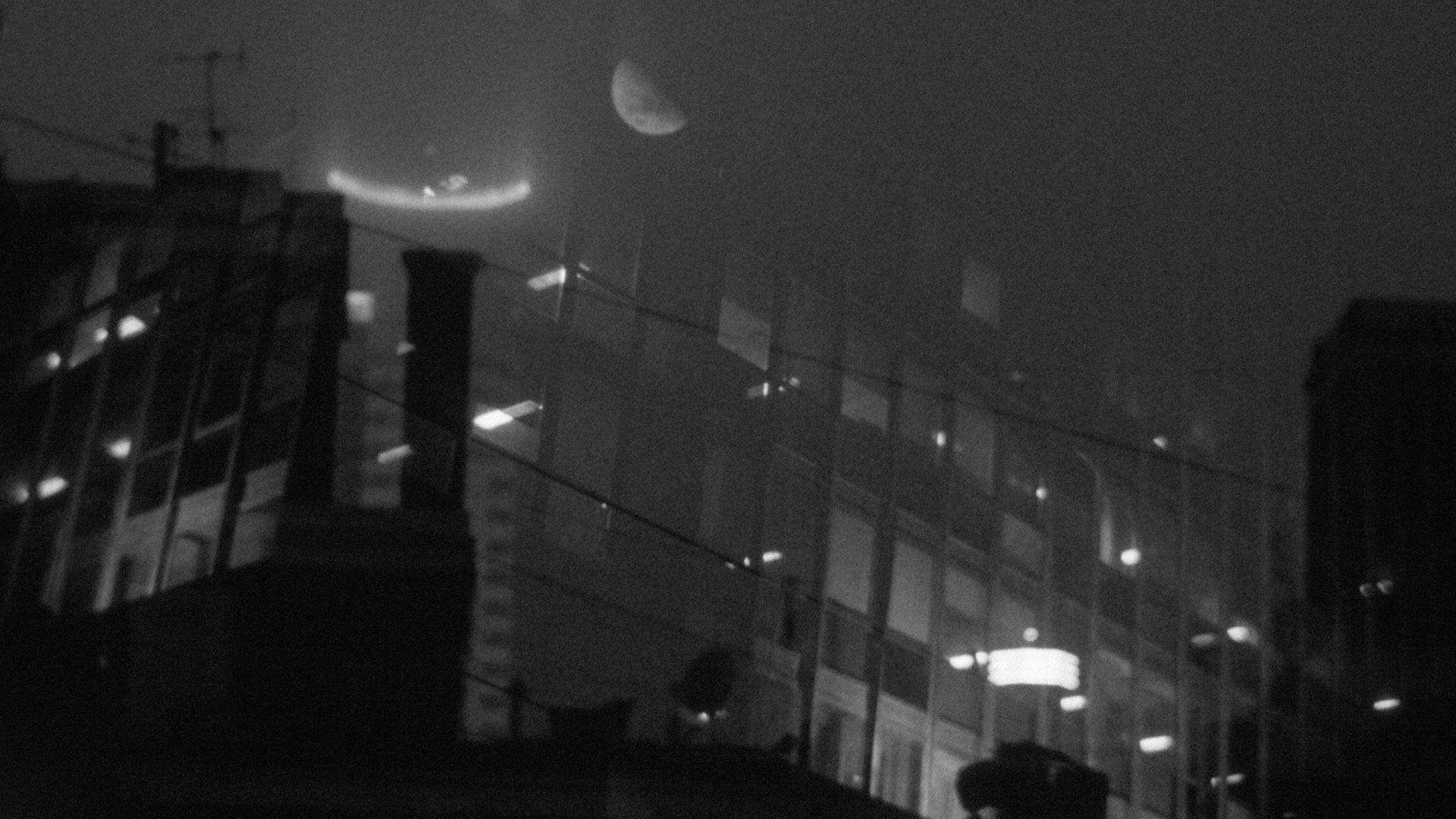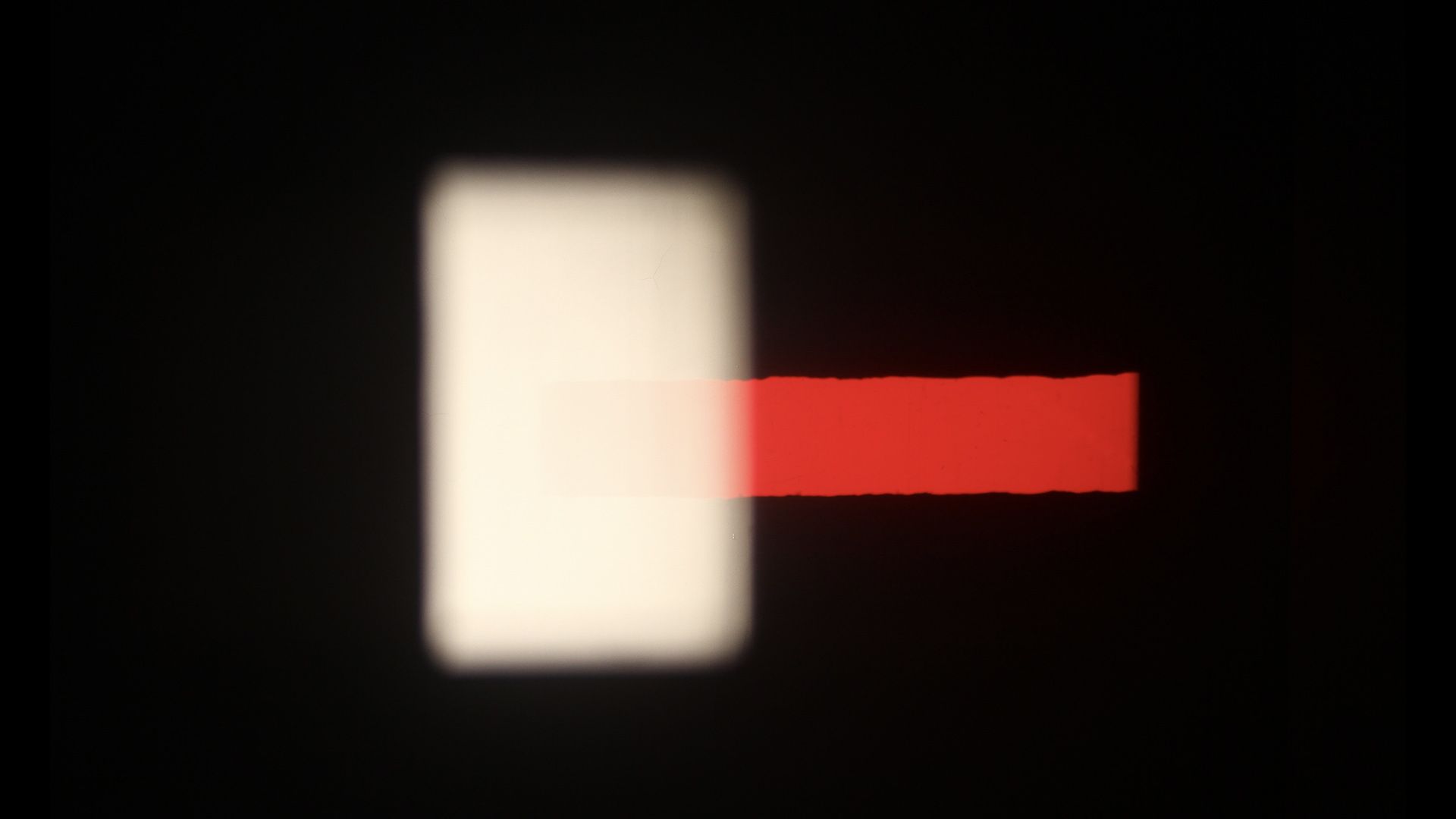BENJAMÍN ELLENBERGER
PROGRAMME
Sala (S8) Palexco | Wednesday May 31st | 5:00 p.m. | Free entry to all venues until full capacity. It will not be possible to enter the venues after the screening has started.

S/T
Benjamín Ellenberger, 2016, Argentina, super 8, 5 min.
Filmed under the first snowfall of winter, on a walk near the border between Austria and the Czech Republic. (Benjamín Ellenberger)

DELTA
Benjamín Ellenberger, 2013, Argentina, super 8, 3 min.
Black and white recording of the light on the island in December. (Benjamín Ellenberger)

FRAGMENTOS DE DOMINGO
Benjamín Ellenberger, 2013, Argentina, super 8, 4 min.
This film was born out of the simple desire to capture, document and save the light from an everyday space that in a short time would no longer be inhabited. It is an attempt for something of that atmosphere to be impregnated in the images. (Benjamín Ellenberger)

REFLEJO NOCTURNO I
Benjamín Ellenberger, 2020, Argentina, 16mm, 5 min.
REFLEJO NOCTURNO IV
Benjamín Ellenberger, 2020, Argentina, 16mm, 5 min.
Light hath no tongue, but is all eye. (John Donne)
A series of short films about how the night plunges us into a world where the deepest thoughts emerge. Shot frame by frame with long exposure times and developed by hand before dawn. (Benjamín Ellenberger)

III NBR
Benjamín Ellenberger, 2015, Argentina, 16mm x 2 (performance), 20 min. aprox.
Performance for three 16mm projectors with an endless strip. The sound comes from the image passing through the optical reader and is manipulated. It delves into cinema’s possibilities with light, putting the fascination for flickering and the magic of light to the test. (Benjamín Ellenberger)
BENJAMÍN ELLENBERGER
LUMINOUS EVENTS
Towards the end of the first decade of this 21st century, there was a revival in experimental cinema in Argentina that looked back at the productive group of people who had fostered this field in the ‘70s: Claudio Caldini, Narcisa Hirsch and Jorge Honik, to name but a few. That recovery was not only (or not so much) based on following an aesthetic line, but also on looking at some ways of working, such as using super 8, the home movie format par excellence, as creative material. This was a unique, distinguishing feature of the Argentine scene in the seventies, using the means at their disposal to take advantage of what was closest to hand without being intimidated by the precariousness, but rather seeing it as a source of something new. It was in that second wave of Argentine experimental cinema (which we have already promoted in the festival through the work of various filmmakers) where we can find Benjamín Ellenberger, a native of Córdoba and resident of Buenos Aires, who also began making films using the most user-friendly photochemical film format. And although his work later doubled the width of the film strip, reaching 16mm, it is important to point out the aesthetic and creative roots he came from.
In the programme we are presenting today, we are showing two of Ellenberger’s lines of work. One is in the form of black and white films that transcend an apparently diary-based intention (without turning his back on evocation and emotion) in order to address other kinds of things. In doing so, in daily life during a few days off, a plant or a sponge cake on a plate become the equivalent of the fruit and foodstuffs in still lifes in a painting: they are the things that serve as the subject to be studied for a reflection on the medium itself, whose primary material is light. The other line of work was performance. Whereas in those films the study of light was based on the camera, here it is the projector that takes its place, with the emitted beam and its particularities being the basis of everything.
In the section dedicated to films, we go from the outside inwards, beginning with a recording made in alien territory, in S/T, where Ellenberger seems to be following the traces of light from a faint, almost elusive sun. The lights and shadows, which trace out their chiaroscuro throughout the film, end up gaining the reflective power of the snow on the ground. Delta, on the other hand, is a summer movie filmed in the Tigre Delta, where this pursuit of the action of light on things focuses on reflections and shadows: the shadow of Ellenberger himself, the sun entering sideways through the windows, the light reflected in the water, and the kind that traces out clear lights and shadows as it passes through the trees. The story of a few days off thus becomes a pictorial and poetic study of light. Fragmentos de domingo (Fragments of Sunday) seems to condense this task even more: this time it is an enclosed space. There is less variety of elements but the purity of the forms grows, as well as the study’s specificity. It is a study that also seems to examine the very idea of the rectangle that marks out the film’s projection on the screen (and the viewfinder of the projector and the camera) through geometry (the shapes of the sun’s rays passing through the window bordering them, a frame, the surface of an open book), and where the rhythm of the recording, playing with just a few elements and with overlays, takes on a musical aspect that intensifies as the film progresses. The effect is as if each image (the frame, the book, the plant, the cake, the rays of light that sketch out frames and blinds) were notes whose rhymed combinations, shifting in succession and duration, were composing a melodic pattern in progress.
Night falls, and the horizontal light of the sun in this trio of super 8 films turns into artificial light. The film series Reflejo nocturno (Nocturnal reflection), in 16mm, follows a particular technique to capture the night of a ghostly Buenos Aires. An urban landscape of buildings, grocery stores, solitary trees and silent interiors appears before our eyes with a rhythmic flickering. Ellenberger’s technique, which films frame by frame with long exposures in order to let enough light onto the film to make an impression, is blended with overlays that provide a second layer of rhythms. The depth of the dark areas’ blackness allows other objects to emerge on the scene. A lemon, some flowers (returning to the idea of still life), and the glints emitted in the middle of the black nothingness by a street light, a night lamp or the moon itself, serve to punctuate this tireless search for luminous events, and human (and mechanical) ways of capturing them.
As far as the performance is concerned, III NBR, Ellenberger himself explains how it involves “entering into cinema’s possibilities as regards light, putting the fascination for the flickering and magic of light to the test.” Here, Ellenberger works with two projectors and three elements: luminous white and red, and the black of darkness. Thus, a combination is set in motion in which the interaction of the two projectors and what passes through them comes into play: frames through which light does not pass or which allow it to pass completely, white or red; pieces of film in which only two slits allow it to pass through or create frames (they seem to be emulating the sun filtered through the windows portrayed in his films), and the white-black-red flickering that all of this creates. There is one projector on top of another on the screen, and the ever-changing interaction in which those flickering gushes of light dance. Whereas all of Ellenberger’s films were silent, the sounds in III NBR are what gets imprinted on the frames as they pass through the projectors’ optical sound heads. Indeed, it could not be any other way: the only sound in the session is also a luminous event.
Elena Duque
